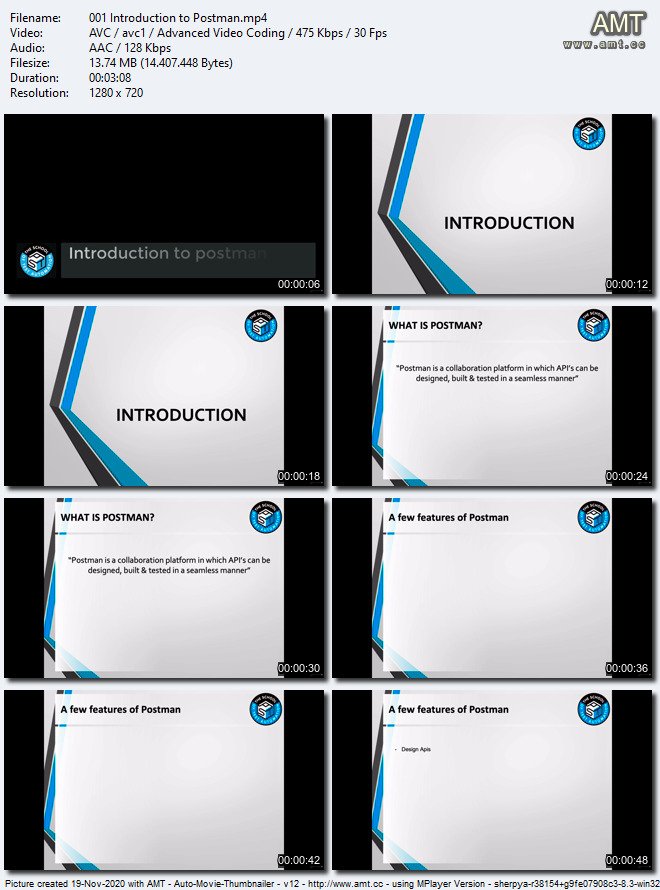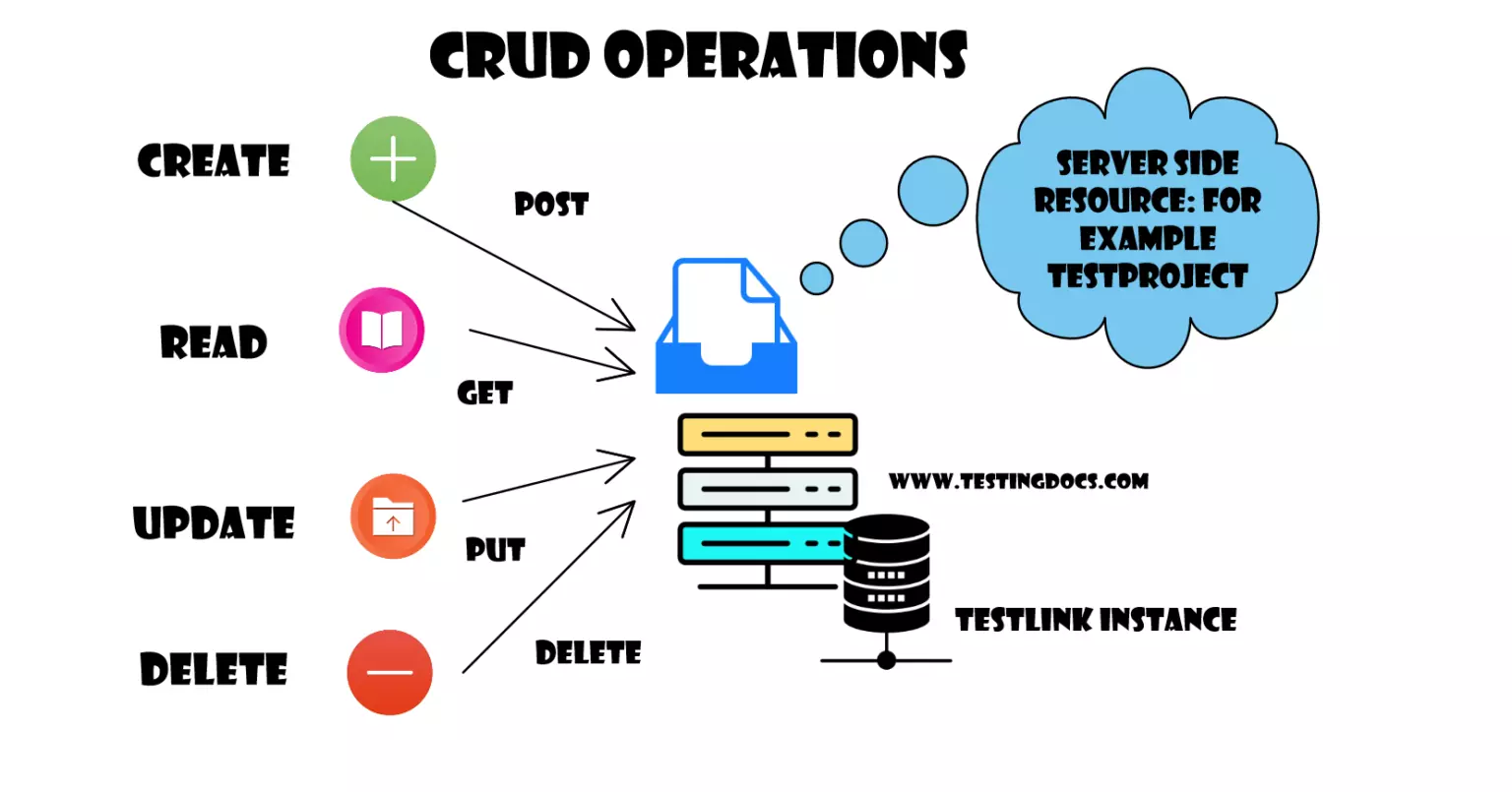

The following sections of this guide will delve into the process of integrating Salesforce with Postman, providing step-by-step instructions and highlighting best practices to maximize the benefits of this integration.

With advanced debugging tools and features, users can identify and resolve issues more effectively, ensuring smoother and more reliable Salesforce integrations.īy leveraging the combination of Salesforce and Postman, developers and administrators can optimize their integration workflows, streamline API testing, and enhance overall efficiency.

Furthermore, Postman’s debugging capabilities play a vital role in troubleshooting integration issues. This facilitates teamwork, knowledge sharing, and efficient project management. This accelerates development cycles and enhances productivity.Īdditionally, Postman supports collaboration, allowing users to easily share collections of API requests and collaborate with team members during the integration process. Secondly, Postman saves valuable time by enabling users to capture and reuse API requests, eliminating the need to manually construct each request from scratch. This streamlines the testing process and ensures efficient development. Firstly, Postman offers a user-friendly interface that simplifies API testing, allowing users to quickly design and execute requests to Salesforce APIs. The integration of Salesforce with Postman provides numerous advantages for developers and administrators. In this comprehensive guide, we will explore the seamless integration of Salesforce with Postman, leveraging its extensive features and capabilities to effectively test and interact with Salesforce APIs. Postman, a popular tool, simplifies the integration process and empowers developers and administrators. Integrating Salesforce, a robust CRM platform, with other systems can significantly improve business processes and streamline the flow of data.


 0 kommentar(er)
0 kommentar(er)
